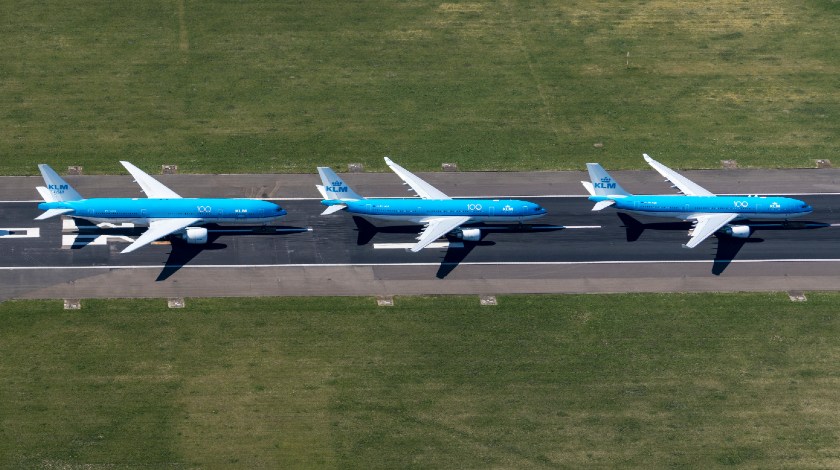Photo: Aerovista Luchtfotografie / shutterstock.com
Reading Time: < 1 minuteAs the recent trends indicate, recovery of aviation would be more troublesome and would take longer than had been expected. The fears have been also confirmed by the International Air Transport Association (IATA).
Following the slower-than-expected recovery in June, 2020, when measures in RPK, fell 86.5% compared to the year-ago period (slightly improved from a 91.0% contraction in May).
In the very base case scenario, it is expected that global passenger traffic (revenue passenger kilometers or RPKs) will not return to pre-COVID-19 levels until 2024, a year later than previously projected.
The short-haul sector is estimated to bounce back faster than the long-haul market. IATA reveals that in the result of it, passenger numbers will recover faster than traffic measured in RPKs, however, recovery to pre-COVID-19 levels will also slide by a year from 2022 to 2023.
For 2020, global passenger numbers (enplanements) are expected to decline by 55% compared to 2019, worsened from the April forecast of 46%.
Nevertheless, there is also the more pessimistic recovery outlook, which is likely to become a reality in case the second wave of the pandemic occurs hard. The even slower recovery could be provoked by the following factors:
- slow virus containment in the US and developing economies
- reduced corporate travel
- weak consumer confidence.
“Passenger traffic hit bottom in April, but the strength of the upturn has been very weak. What improvement we have seen has been domestic flying. International markets remain largely closed. (…) And in many parts of the world infections are still rising. All of this points to a longer recovery period and more pain for the industry and the global economy,” said Alexandre de Juniac, IATA’s Director General and CEO.

